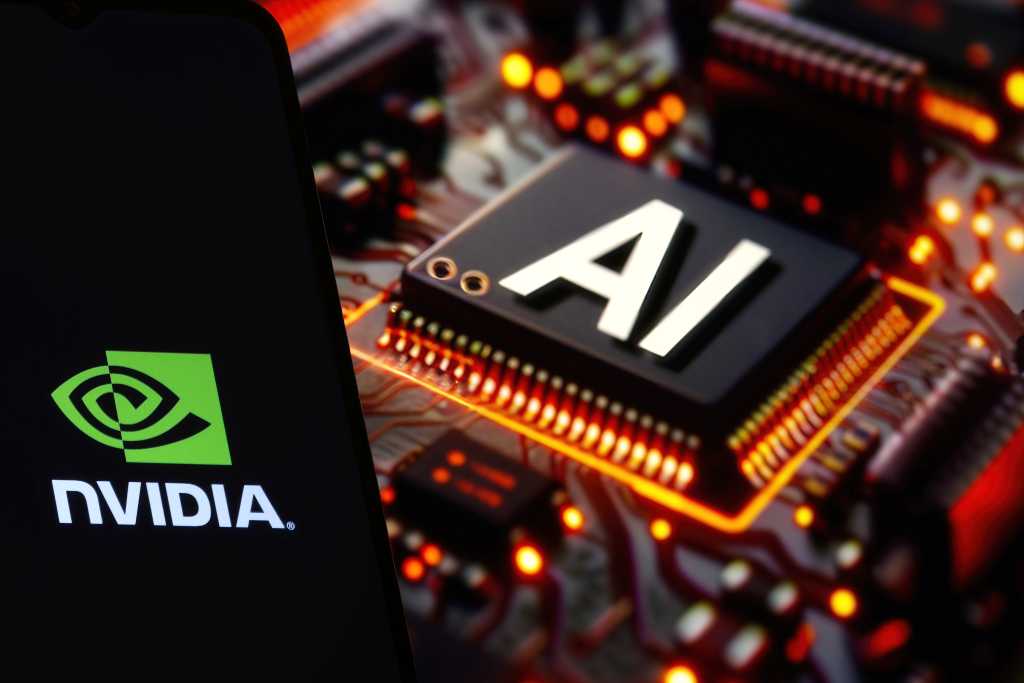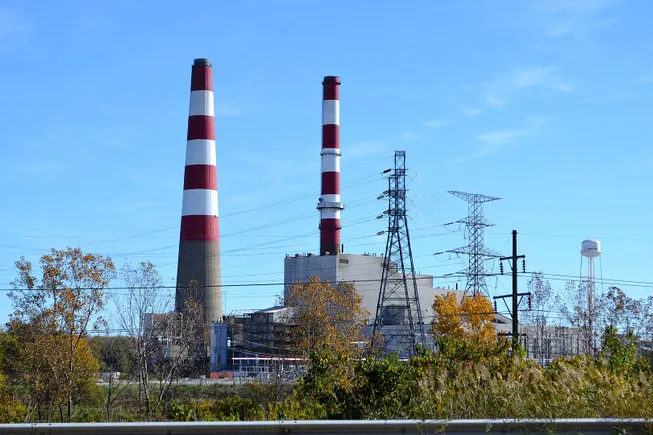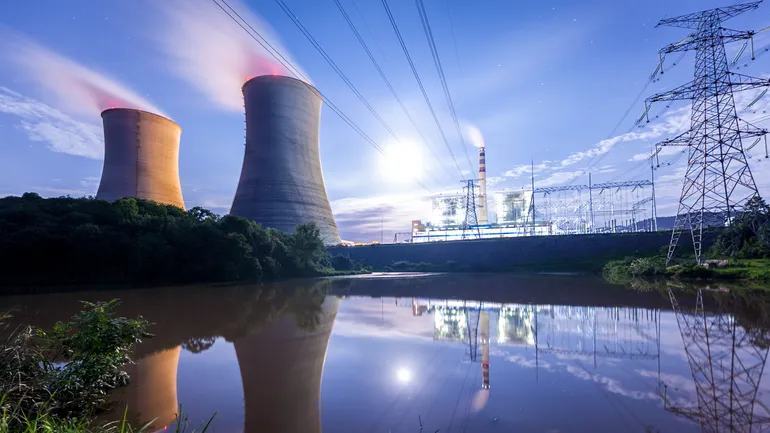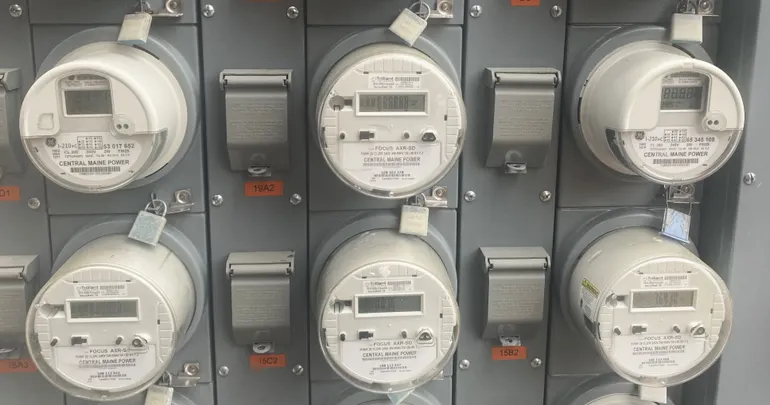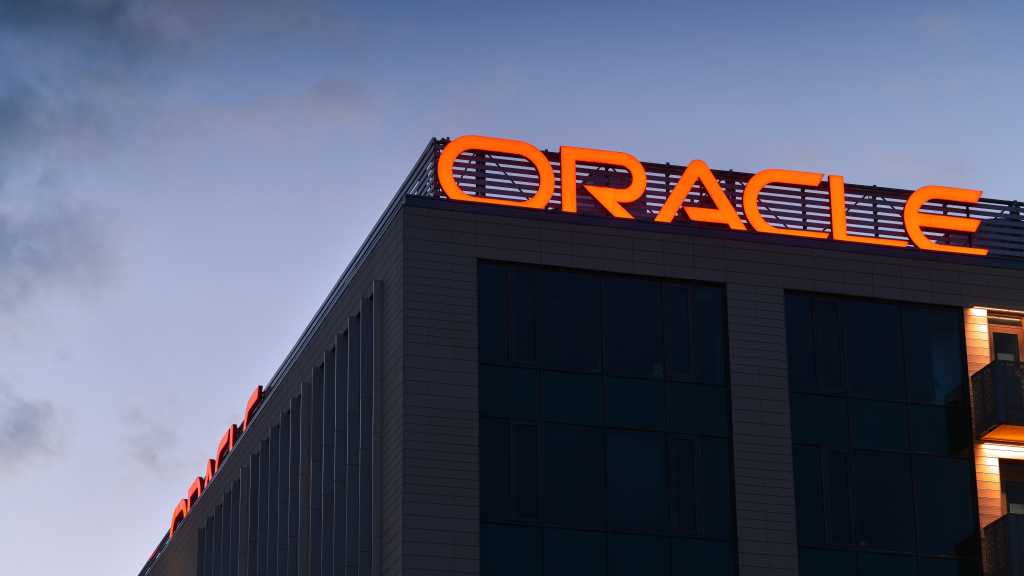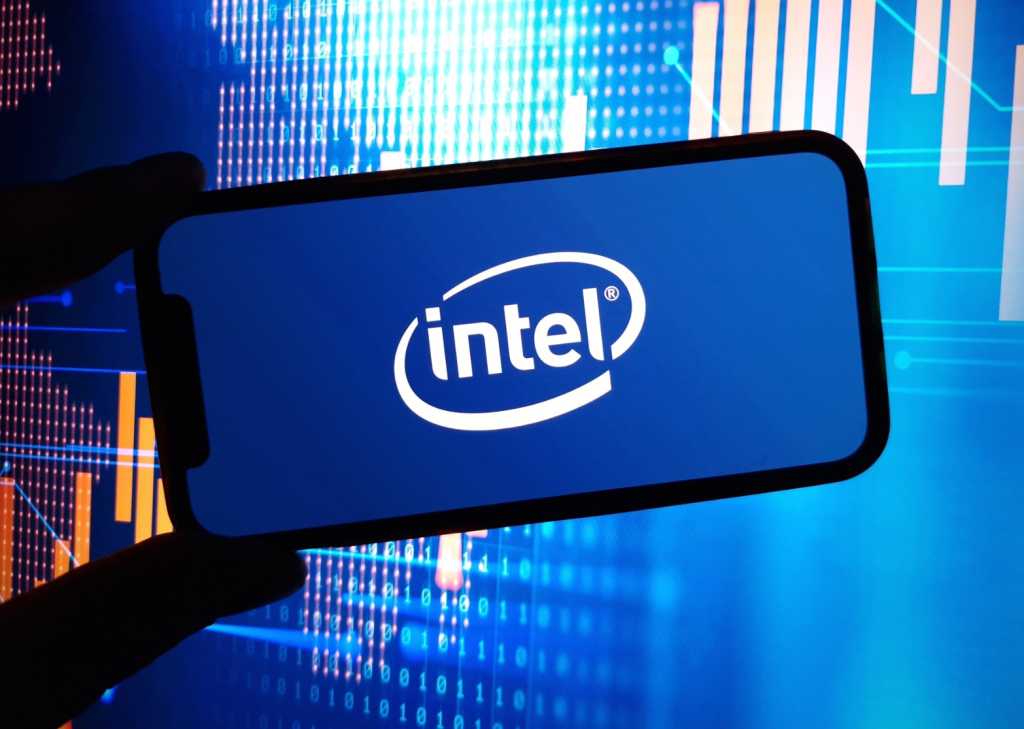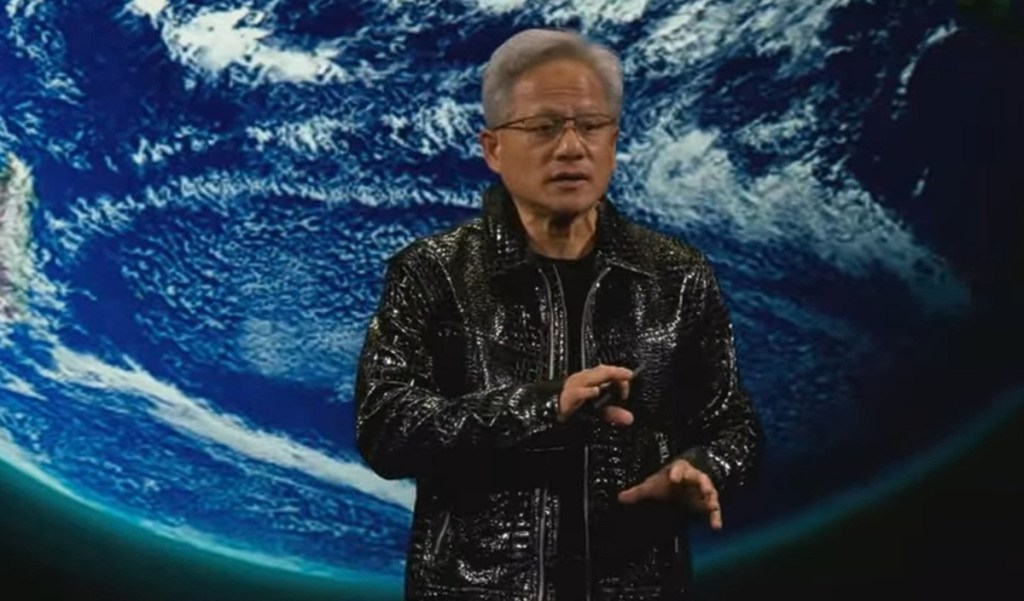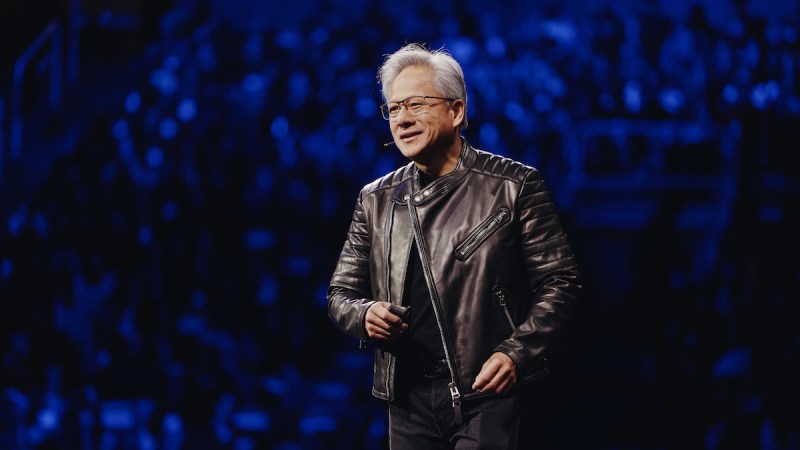
Hot weather sparked a string of wildfires around Alberta over the weekend, including some near oil and gas wells operated by Canadian Natural Resources Ltd. and others.
Four out-of-control fires were burning in Alberta at 4:15 p.m. Monday, including a 2,000-hectare blaze near Swan Hills. The province issued a notice to the town’s residents telling them to prepare to evacuate within an hour if needed.
That fire is less than half a kilometer away from a CNRL-operated well site and within 20 kilometers of separate well sites operated by CNRL and other companies. Canadian Natural said in an email that it’s monitoring the wildfire situation across its operations, adding that it’s working to ensure that staff living in evacuation areas are safe and that it has emergency-response plans in place.
Alberta Wildfire didn’t respond to a phone call seeking comment.
Wildfires present a regular threat to the province’s oil and gas production, typically from March through October. Fort McMurray, the largest population center near Alberta’s massive oil-sands operations, was heavily damaged by a blaze in 2016 that forced thousands to evacuate and temporarily shut more than 1 million barrels of daily oil output.
WHAT DO YOU THINK?
Generated by readers, the comments included herein do not reflect the views and opinions of Rigzone. All comments are subject to editorial review. Off-topic, inappropriate or insulting comments will be removed.
MORE FROM THIS AUTHOR
Bloomberg




